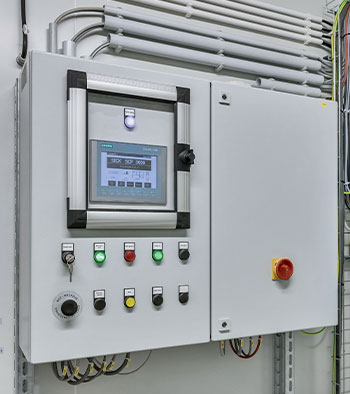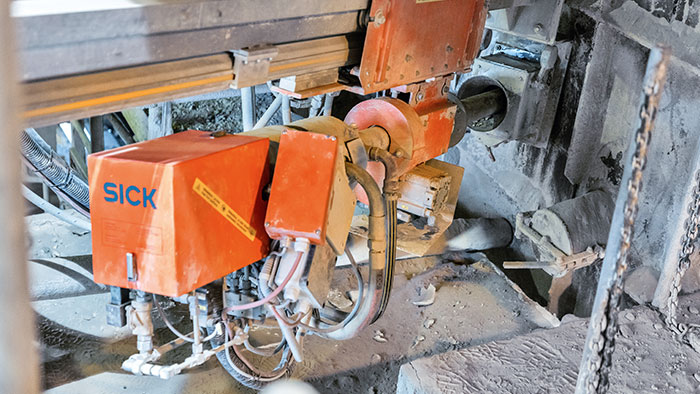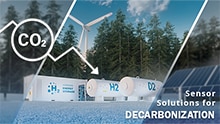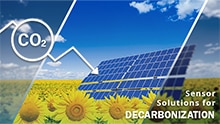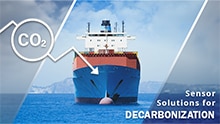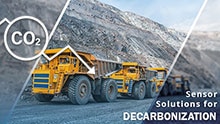The production of cement for the construction industry is responsible for approx. 7% of all man-made CO2 emissions. It is therefore essential that the cement industry in particular reduce its CO2 emissions. Enormous quantities of CO2 are also produced, however, when producing ammonia for refineries and chemical factories. But how can these industries reduce their environmental footprint, and what sensor solutions does SICK offer?
Welcome to part seven of our series on decarbonization where we focus on the cement and chemical industry.

